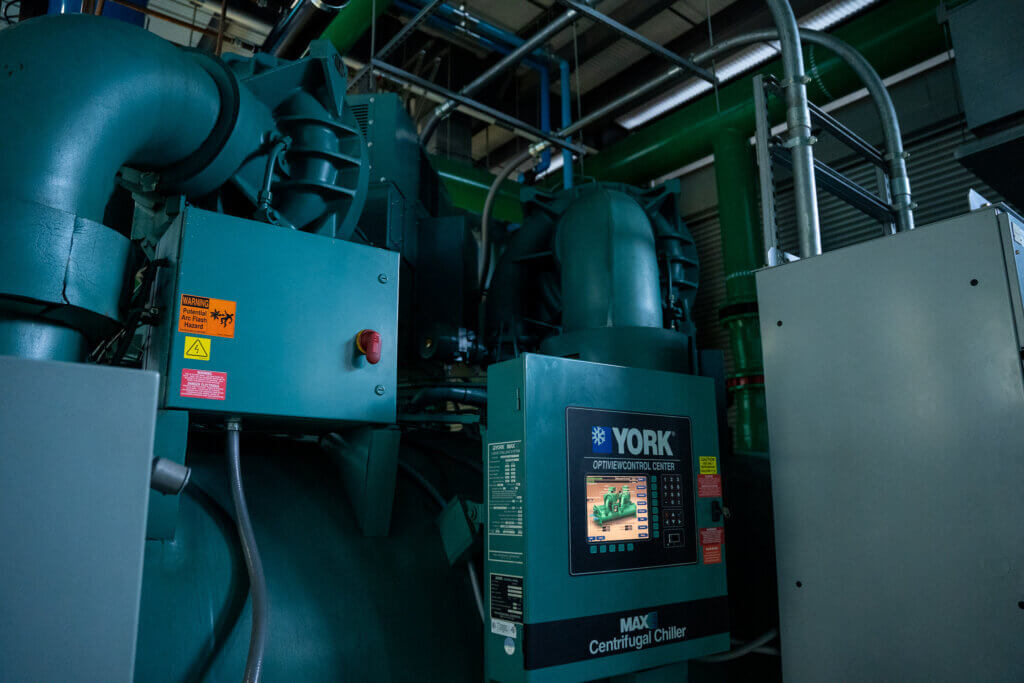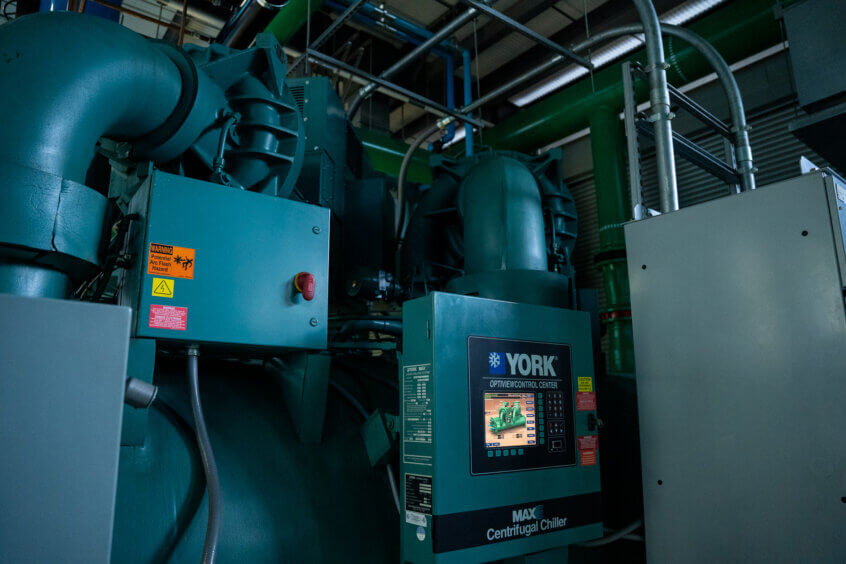
Facilities managers can optimize the performance of their building’s systems through automation control solutions. The building automation systems (BAS) typically found in newer buildings allow for easy monitoring of HVAC, lighting, security and surveillance, fire safety, plumbing, and mechanical systems such as elevators. A controlled network of hardware and software controls and monitors the systems. It allows multiple types of equipment to communicate with each other.
Many older buildings had pneumatic controls. These compressed air systems were economical, reliable, and durable. However, they did not provide communication between equipment.
Enhancing building efficiency
Automated systems perform many tasks that result in better overall efficiency. This includes regulating the temperature within a specific range, adjusting the lighting based on a schedule of building occupancy, monitoring energy performance, tracking system failures, and sending alerts in case of malfunctions. This is referred to as “smart building” technology.
HVAC systems account for 50% of energy use in commercial buildings. Efficiency is improved when automated systems regulate the HVAC for comfort during the day, when the building is occupied, and then reset the temperature at night according to the season. Energy savings translate into cost savings. The same savings are realized through adjusting the lighting throughout the building based on occupancy. Lighting is another big energy user.
Automated systems can lower maintenance costs. Building managers can view trends when systems are in use and make adjustments as needed. Inefficiencies are detected so they can be addressed before they become costly problems. Downtimes can be minimized.
Long-term cost savings generated through automated controls can improve the value of the property. Sustainability is often improved, and these buildings tend to have a lower carbon footprint. This makes it easier to achieve LEED and Energy Star certification.
Improving occupant comfort

A comfortable workplace increases productivity levels and well-being. Improved indoor air quality results in better health for building occupants and reduces absenteeism. Automatically regulating the building temperature in summer and winter keeps occupants comfortable and reduces complaints from people who are too hot or too cold. The temperature is automatically adjusted before people arrive and again after they leave. The amount of fresh air can also be regulated through the ventilation system so people feel more alert.
How McKenney’s can help
The McKenney’s Automation and Control Solutions team can optimize the performance of building systems to enhance comfort, energy efficiency, and cost savings. Our experts offer integrated design, construction, and cost management services for new builds. We also offer integrated services and solutions for existing buildings including direct digital control (DDC) systems and pneumatic systems. McKenney’s can streamline your transition from one system to the other. Contact us today for more information.






